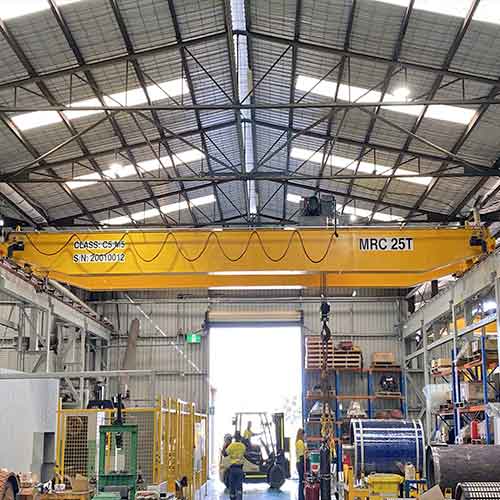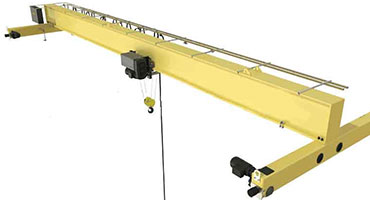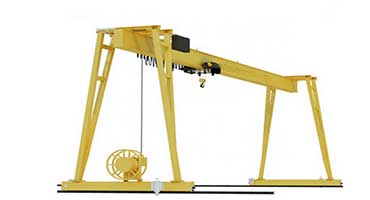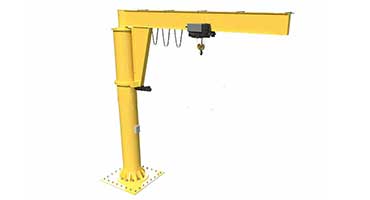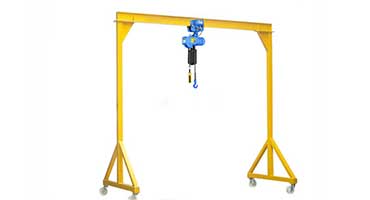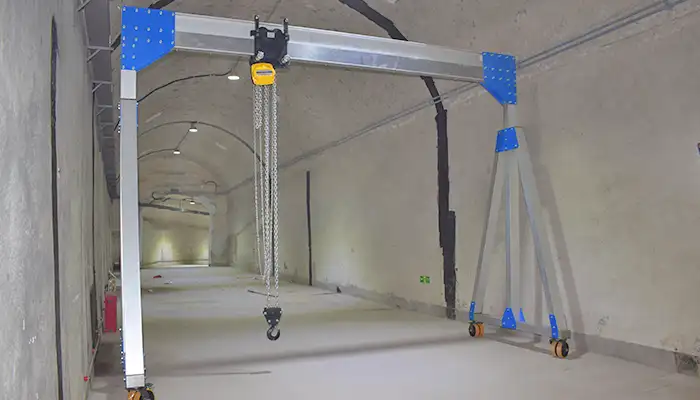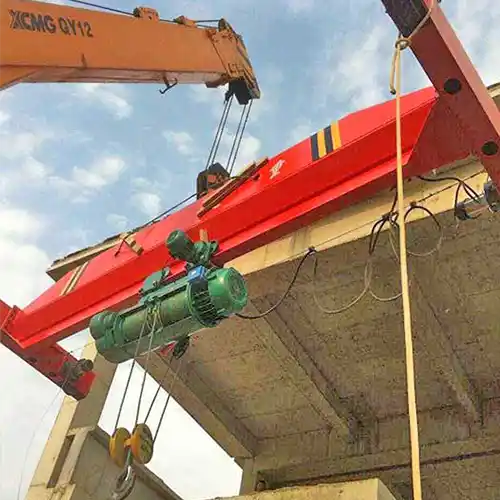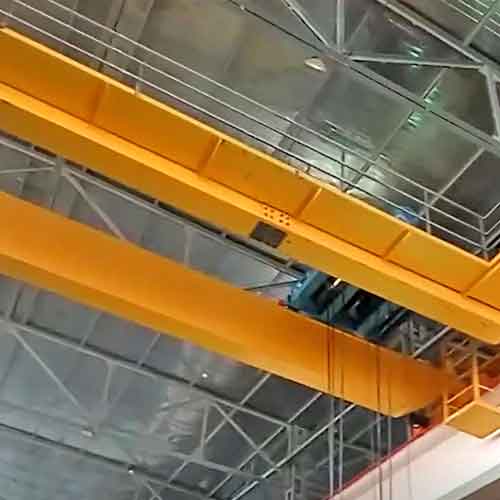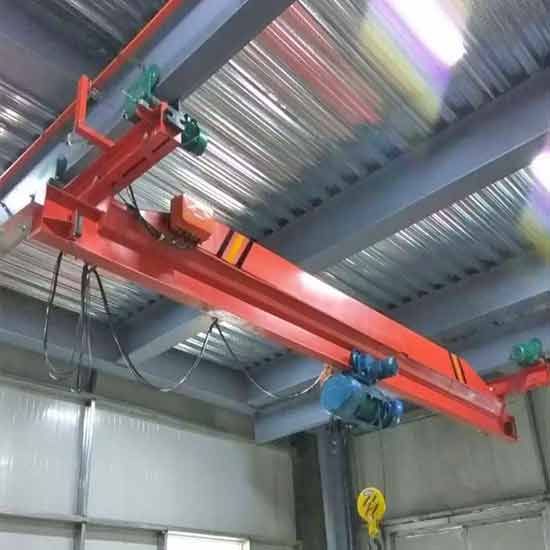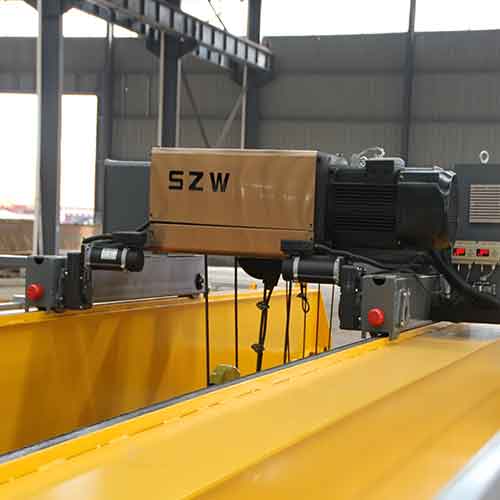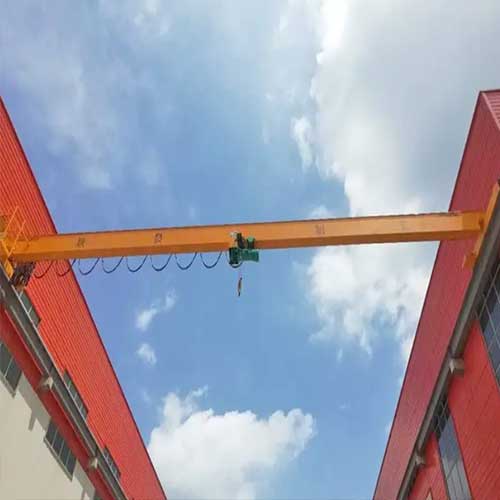Overhead Travelling Cranes for Different Materials Handling
What are the overhead crane used for? Overhead travelling cranes are for different loads & material handling.What are the load you are going to lift?
Category: Overhead Crane for Your Use
Your Trusted Overhead Travelling Crane Manufacturer & Supplier
Quality Overhead Travelling Cranes
Custom Material Handling Equipment for Every Application
What are the loads you are going to hoist or lift? All of our hoist and overhead cranes are designed and engineered by a devoted team of engineering professionals. All of our bridge cranes, gantry cranes, jib cranes, and specialized automation crane machines, and processed cranes are designed and fabricated by specialists and well trained worksting staffs. All our extensive industry knowledge ensures that each hoist and crane product we manufacture is to excel in the application for which it is supposed to improve our customers' work environments and working processes to make the best return of their overhead crane investment.
Biofuel Handling
Biofuel Handling
Any fuel-handling environment, including those for traditional diesel fuel and gasoline, will have its own particular material handling requirements; similarly, each type of biofuel will have its own set of applications, processing, and handling requirements.
We provide overhead crane solutions for all biofuel production processes, designing hoist and crane that ensures optimal automation, versatility, and dependability. Our overhead cranes, for example, are designed to withstand high levels of heat during the viscosity reduction process. We build units to fit a variety of facilities, increasing floor space and fuel storage capacity while lowering emissions, noise, and dirt levels.
Our expert team will help you in evaluating your operation's needs; delivery routine, biomass receiving and processing schedules, load tonnage, material type and density, storage layouts, and processing capacity are all important factors in determining your ideal lifting solution. Once assessed, our crane experts will help you to determine the best fit design to ensure safety, dependability, longevity, and compliance with industry standards.
Bridge Maintenance
Bulk Handling
Building Materials
Marble & Granite
Glass
Lumber
Clean Room Equipment
Coke Handling
Die handling
Finishing mills
Furnace Charging Equipment
Galvanizing Lines
Hazardous Environment
Hot Metal & Ladle Handling
Ingot Handling
Metal Shop Equipment
Paper roll handling
Rolling Mill & EOT Cranes
Scrap Handling
Slab Handling
Slag Handling
Sludge Handling
Main Projects
Related Products
Supplied three grab bucket crane kits to Indonesia, enhancing garbage handling efficiency with high load capacity and reliable performance.
Free consultation to Confirm Parameters & Specifications and Get
Latest Crane Price & Crane Rate.
- Types of overhead cranes : _______?
- Optional: Overhead travelling crane, goliath gantry crane,Slewing jib crane, Single girder or double girder crane,small portable crane or kbk crane, etc.
- Capacity of overhead crane: _______?
- Optional: 0.25ton, 0.5 ton, 1 ton, 2 ton, 3ton, 5 ton, 10 ton,15ton, 20ton, 25 ton, 30ton,35ton, up to 550ton, etc.
- Crane span & lifting height : _______?
- Crane travelling length : _____?
- Control of overhead crane:_______?
- Optional: pendant/ remote/cabin control
- Voltage supply of overhead crane:_____?
- Eg,: 380V50/60HZ,3Phase or others,etc.
- Application/usage of crane:_______?
- Eg,: Steel mill, ,injection mold, cement,stone, concrete,granite, general manufacturing, etc.
Just leave a message via the contact form and our hoist and crane engineer will contact you with in 24working hours.
Get In Touch
